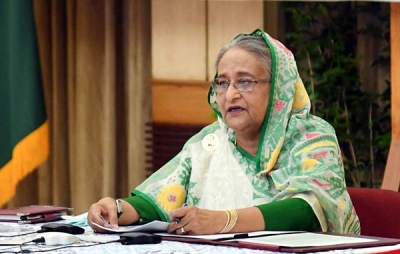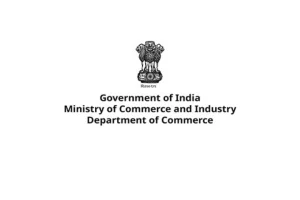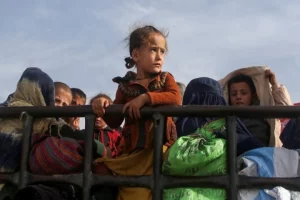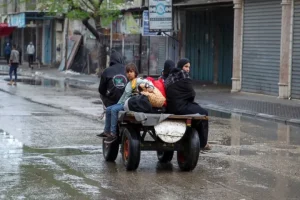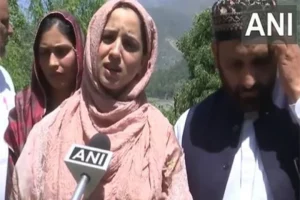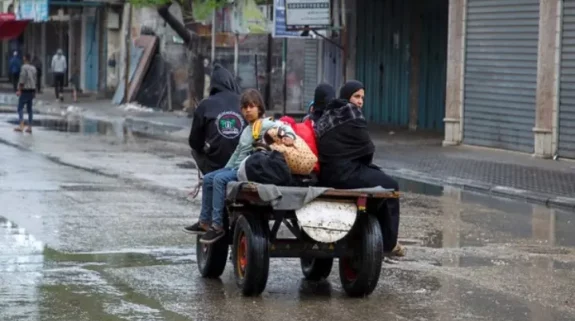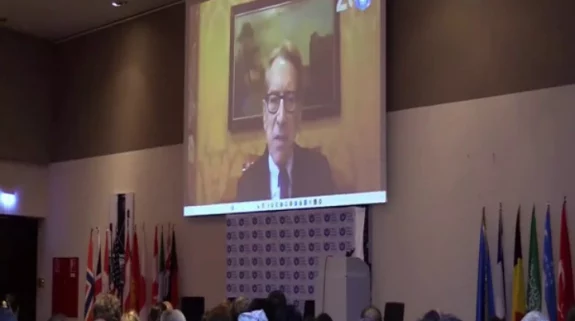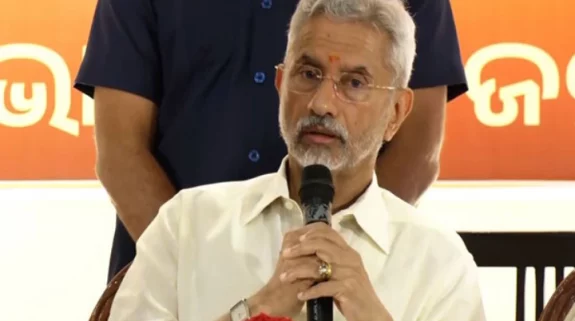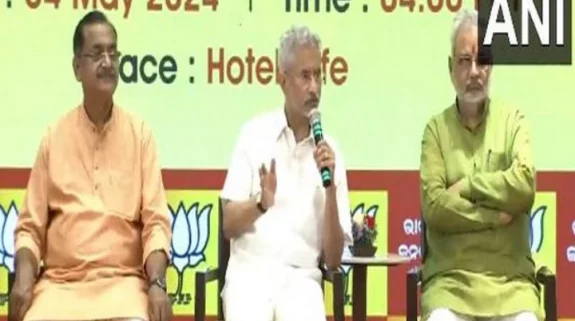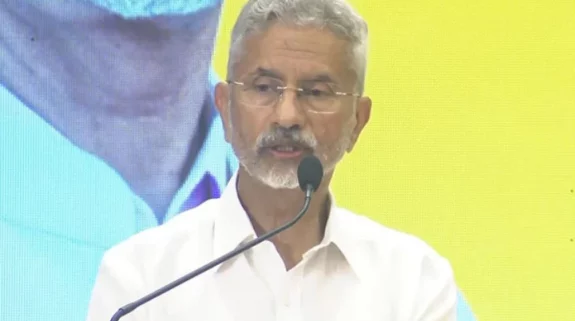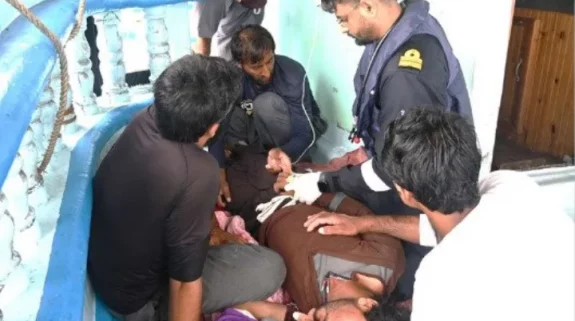As Bangladesh presents its 50th Budget, the country’s Prime Minister Sheikh Hasina and her dedicated team have reasons to cheer even as the economy has been bruised by a severe bout of the Coronavirus wave. As the socio-economic achievements of the South Asian nation, once considered one of the poorest in the region has been a “test case,” Finance Minister AHM Mustafa Kamal will present his third budget.
For the Awami League, this would be the 22nd in five terms. For the last 10 years, the country’s economy has been growing at over 6 per cent. In 2019, it even touched 8.1 per cent.
By 2026, Bangladesh will move out of the United Nation's Least Developed Countries (LDC) list.
A steady, stable and developing Bangladesh is a boon for India as the two countries share a 4,096-kilometre-long international border.
Bangladesh is strategically located and will play a crucial role in the fast-emerging Indo Pacific geopolitics as well as India’s Act East policy. In fact, Indian High Commissioner to Bangladesh Vikram Doraiswami Doraiswami has also repeatedly said that a peaceful and developed Bangladesh is in India’s interest and will push regional growth.
“This is a proud moment for the country and its leadership as it is now gearing up to graduate from LDC list. Needless to say, therefore that the country, especially under Prime Minister Hasina has had a clear focus on the economy,” an analyst said.
Also read: India and Bangladesh likely to sign free trade deal by year-end despite Covid blues
Just after its birth, the country’s economy was in shambles. When the first budget was presented in 1972 by Tajuddin Ahmed as the finance minister of the post-independence Bangabandhu government, the country’s economic had contracted by 13.9 per cent, as per the World Bank data.
“When the country seceded from Pakistan, its gross domestic product per capita was about three-quarters of Pakistan's; by 2019, it was almost 45 per cent more, a report by Nikkei Asia noted.
A report published by DW (Deutsche Welle) said that currently, 98 per cent of children in Bangladesh have finished primary school, “with more girls in secondary school than boys.”
Also read: Bangladesh at 50: From 'basket case' to rising economic star
“Observers say the Muslim-majority nation over the years has invested heavily in the lives of women and girls. It has also made progress in combating child malnutrition and reproductive health,” the report said.
The Prime Minister has also successfully steered the country away from extremism and radicalism.
“Bangladesh sees its future in human development and economic growth. Goal posts are set at increasing exports, reducing unemployment, improving health, reducing dependence upon loans and aid, and further extending micro credit,” an article carried by the Pakistan based Dawn said in 2019.
“For Pakistan, human development comes a distant second. The bulk of national energies remain focused upon check-mating India. Relations with Afghanistan and Iran are therefore troubled; Pakistan accuses both of being excessively close to India,” the article added.






